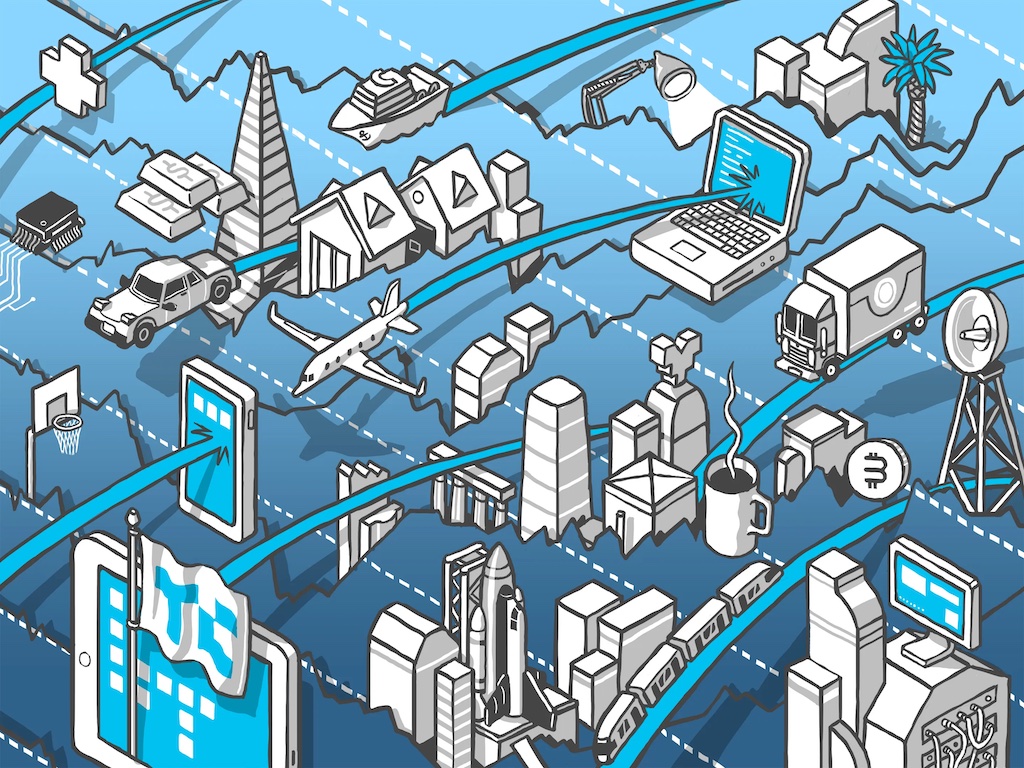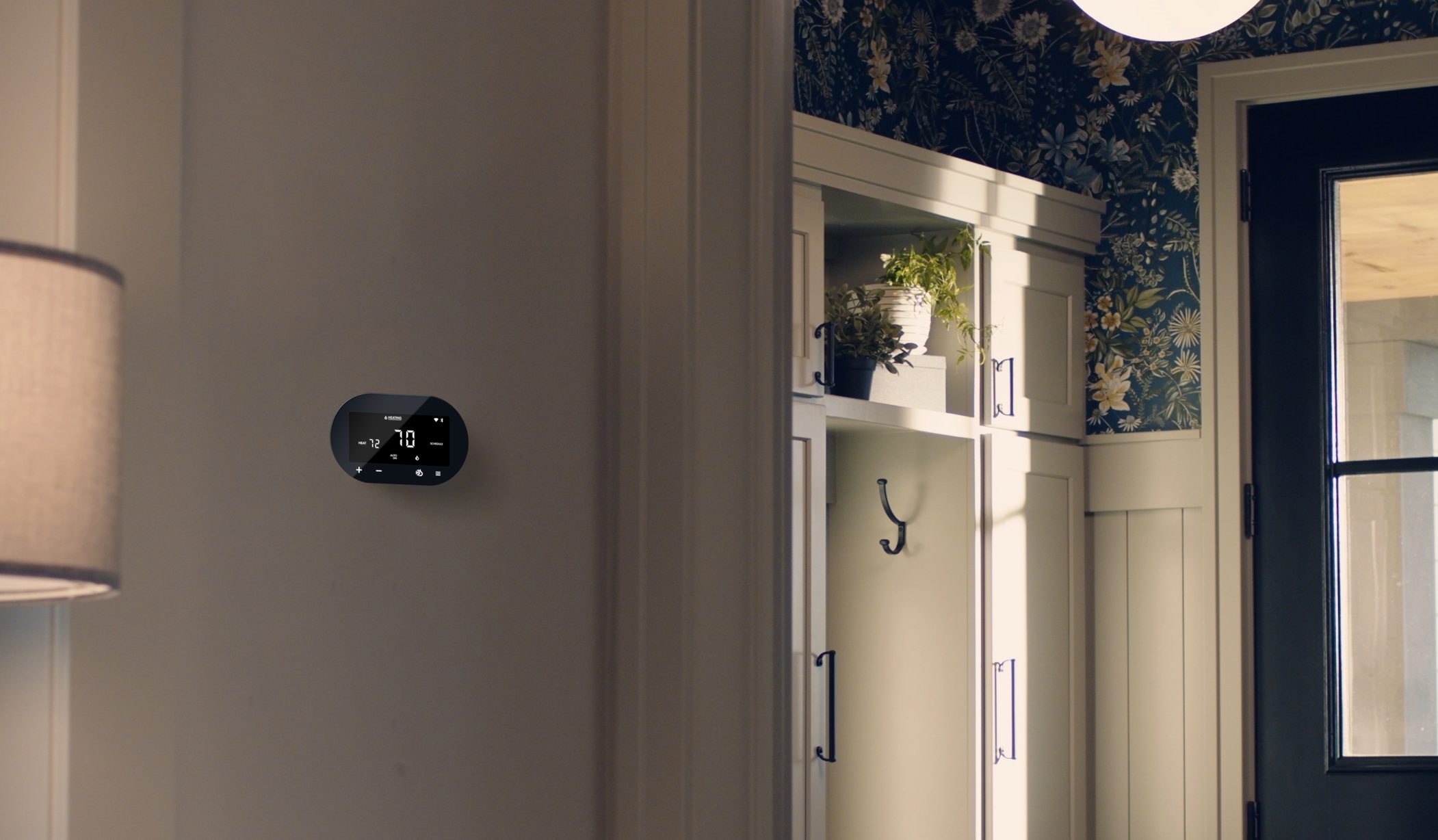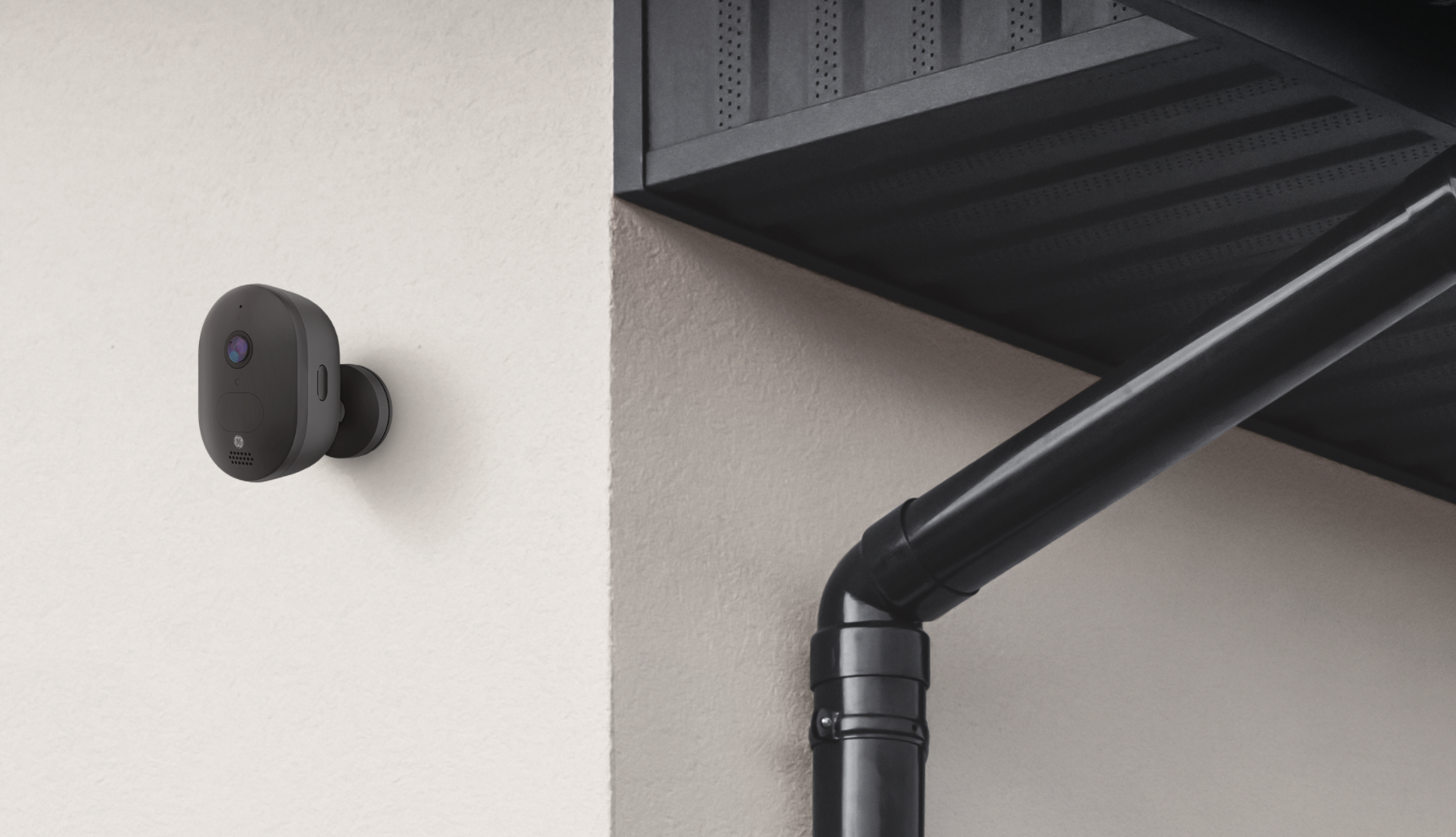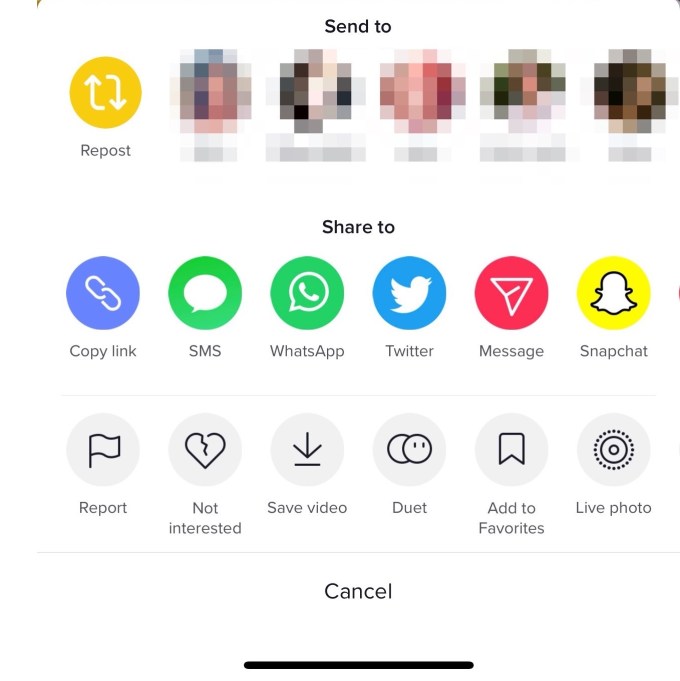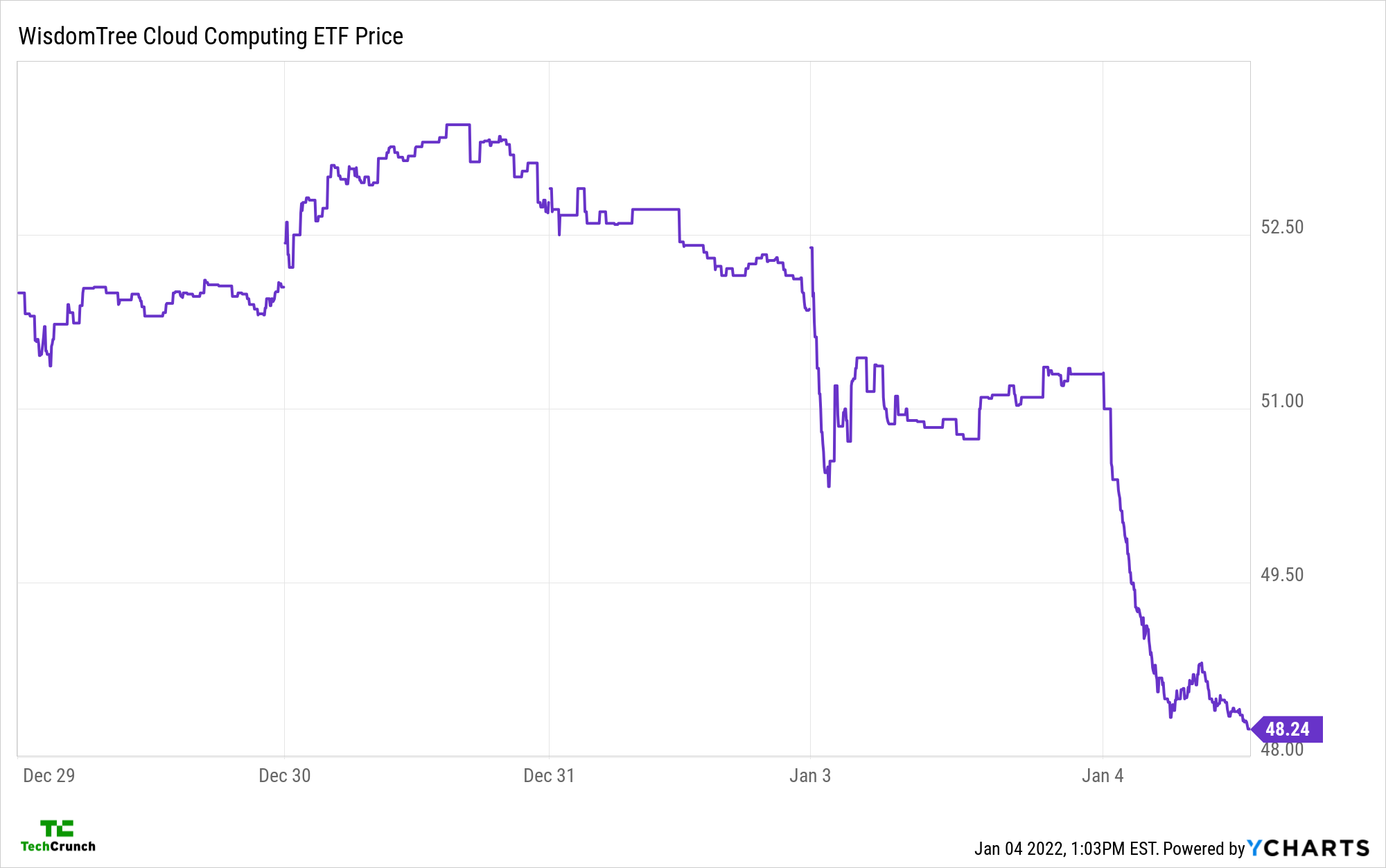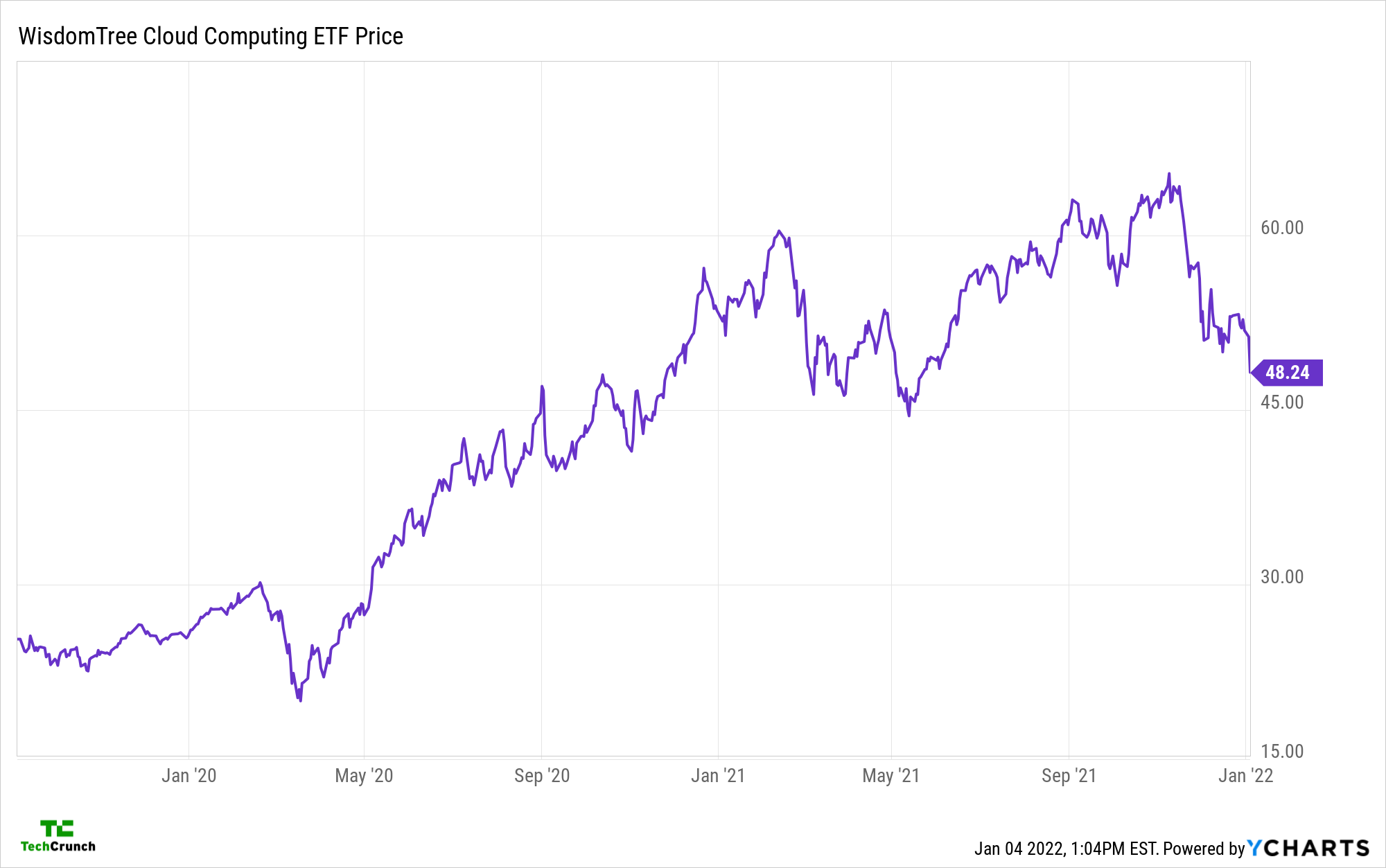Kiddo, formally known as GoodParents Inc., announced a $16 million Series A round on Tuesday. Through a combination of wearables, parental coaching, and telehealth, the company has its sights firmly set on managing care for kids with chronic health conditions.
Kiddo has been working on developing a wearable and software combo for children’s health for several years. The company was founded in 2016 by Jaganath “CJ” Swamy, who was initially interested in developing a health and wellness device that would be fun for kids to use, and offer parents the ability to monitor health. However, the company has now revamped to focus fully on managing chronic health conditions.
That focus, Swamy tells TechCrunch, is partially inspired by his own experience. He was in the midst of transitioning away from working as an early-stage investor when one of his sons began to have asthma-like breathing problems.
“We were struggling to manage and monitor what was happening with him on a daily basis, and with passing that information back to his physician, so that she could modify the treatment protocol appropriately,” Swamy tells TechCrunch. “As we were kind of going through this struggle, it started making me think about how we could try and make this a better experience for parents, who essentially have to kind of manage kids with a chronic condition.”
The result was Kiddo, a care coordination platform aimed at kids aged two to 15. The child receives a proprietary wristband (it looks something like a FitBit), the parents download an app that collects data from that wearable, and relays that information to the child’s doctor. The platform is specifically designed to monitor children with asthma, heart disease, autism, and diabetes.
The round was led by Clearlake-Capital backed Vive Collective and brings Kiddo’s total funding to $25 million. Other investors include Wavemaker 360, Wavemaker Asia Pacific, Mojo Partners, along with Techstars and affiliated funds.
Broadly, Kiddo falls into the “Remote Patient Monitoring” category. It’s designed to help patients obtain the same basic care they might receive in a primary care office from home.
The wearable transmits signals like heart rate, temperature, SpO2 (a blood oxygen measure), motion and perspiration. Meanwhile, the app integrates that data with local air quality conditions (a key metric for asthma patients). Over time, Kiddo develops a profile for each child based on these characteristics. Should those metrics significantly deviate from the norm, a parent would receive a notification, as well as a list of tips that might help them control the situation at home.
For example, if a child was having an asthma attack, a parent might receive an alert suggesting that breathing rates and heart rates were out of regular ranges. Then, the app might give some general suggestions as to how to manage the situation. “We might say, ‘hey, let the child rest for an hour, give them a glass of cold water or put them in an air conditioned environment or, based on the advice of a physician take albuterol,” says Swamy.
If symptoms persist, the app allows parents to schedule a doctor’s appointment.
The idea of remote patient monitoring itself isn’t new, but there have been more studies published on the idea in recent years. One 2020 systematic review in the journal Telemedicine and e-Health, for example, found that 43 percent of 272 reviewed articles were published between 2015 and 2018. In about 77 percent of those studies, remote patient monitoring had a positive impact on patient care.
Kiddo is investing in clinical validation of its services, though Swamy notes that no data has yet been published publicly (“The data is confidential and only to be shared with customers,” he said via followup email). But he did say that research from academic and partners and private parties has “validated many aspects of the Kiddo platform.” That process will include a new study under development at Thompson Autism Center at Children’s Hospital of Orange County, he said.
The company’s own data, says Swamy, suggests the platform improves treatment adherence more than 50 percent and led to a “2x reduction” in unnecessary ER visits. But again, this data is unpublished.
Kiddo currently hasn’t received FDA marketing clearance, but is aiming for Class I certification (this is a class reserved for low risk devices).
So far, the company also has partnered with seven health systems, benefits providers and foundations, including UHC Optum, PC Health, and “several children’s hospitals” per a press release (other partners were not disclosed).
Critically, Swamy says the company sees itself solely as a B2B provider. It has no plans to go direct to consumer – but rather will focus on partnering with hospitals and health systems.
Kiddo’s most recent round of funding comes after a big year for the company when it comes to users. So far, the company is working with 70,000 children, with plans to expand to about 200,000 in the next few years. That traction, he notes, is one of the drivers of investor interest, but it’s not the only trend working in Kiddo’s favor.
There is also regulatory movement that could favor remote patient monitoring. Historically, there have been limited numbers of CPT codes (reimbursement codes) for remote monitoring technology. Beginning in 2018, some codes have been repurposed and others added to make it easier for providers to charge for remote patient monitoring.
That trend is continuing. In 2022, the Centers for Medicare and Medicaid Services has expanded the amount of reimbursement codes that apply to remote patient monitoring – allowing payers to bill for even more types of remote patient monitoring these services.
The regulatory landscape for remote patient monitoring is still very much in flux – though these regulations are moving in a direction that probably helps companies like Kiddo. According to Swamy, Kiddo’s technology is reimbursable thanks to these CPT codes. “So there’s a financial kind of outcome for the health systems that we work with,” he adds.
With this current round, Swamy hopes to increase the size of Kiddo’s sales and product development teams. He also has ambitions to expand the amount of chronic conditions Kiddo can treat. Right now, the company has an eye on pediatric oncology and orthopedics services, and hopes to move in that direction in the next 2 years.
from https://ift.tt/3FV8lxV
via
Technews




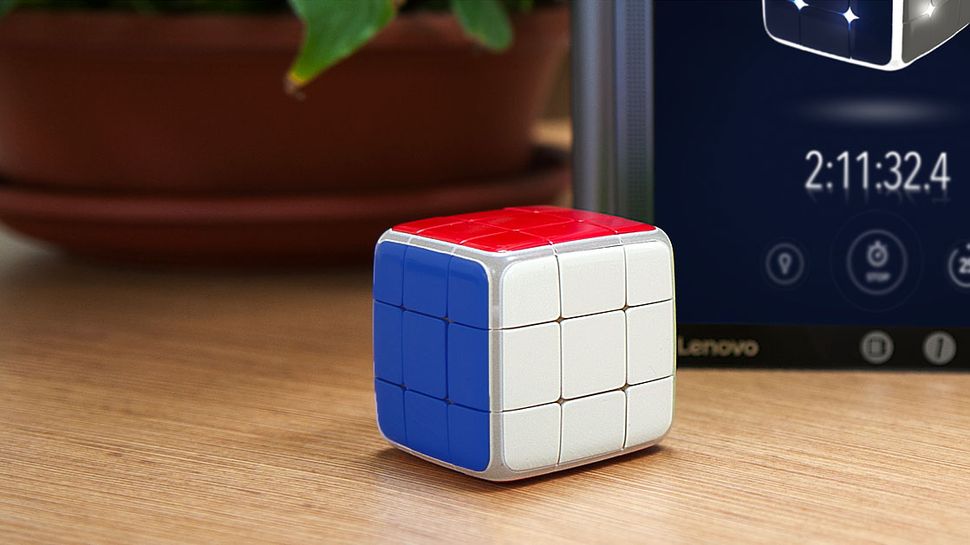

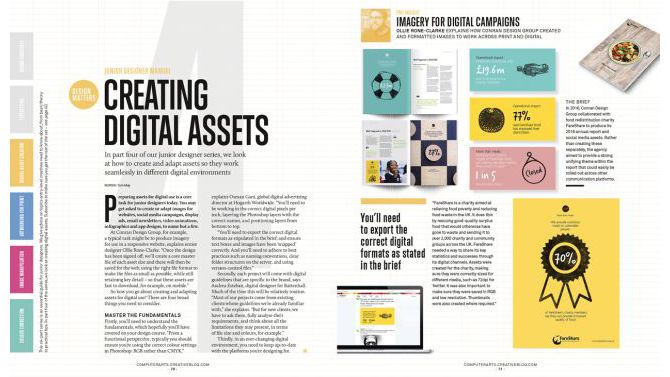

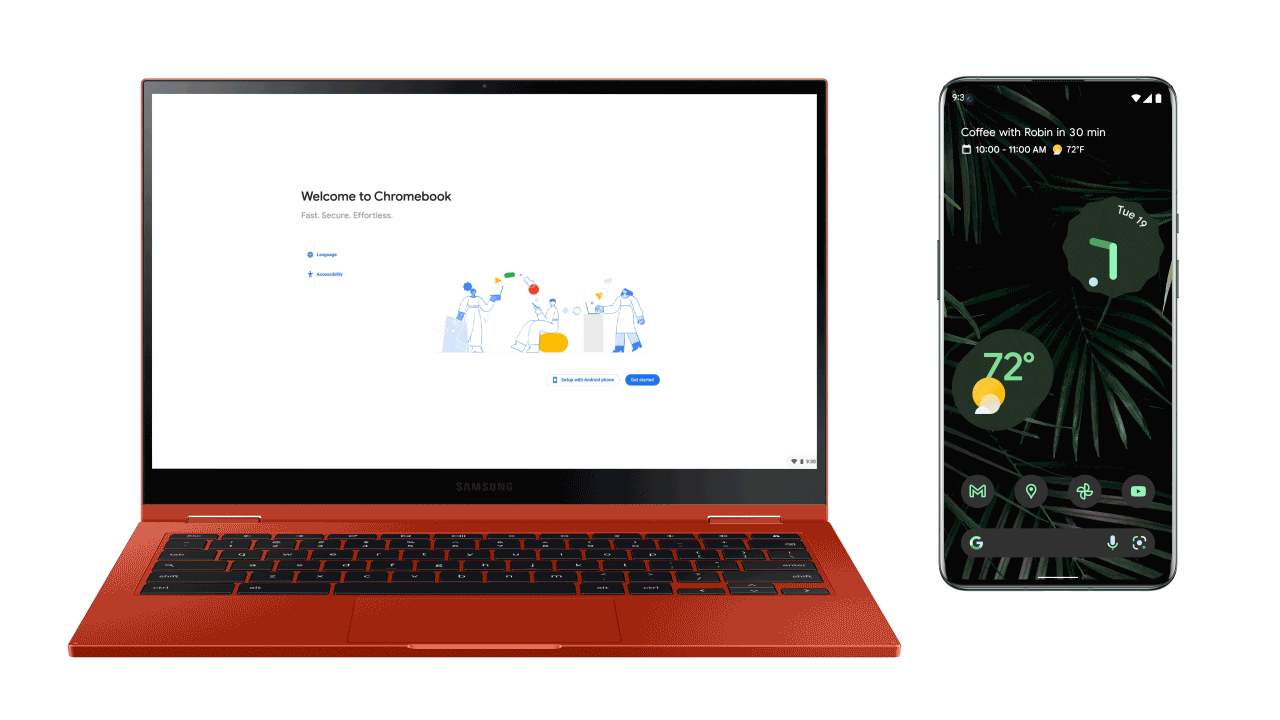
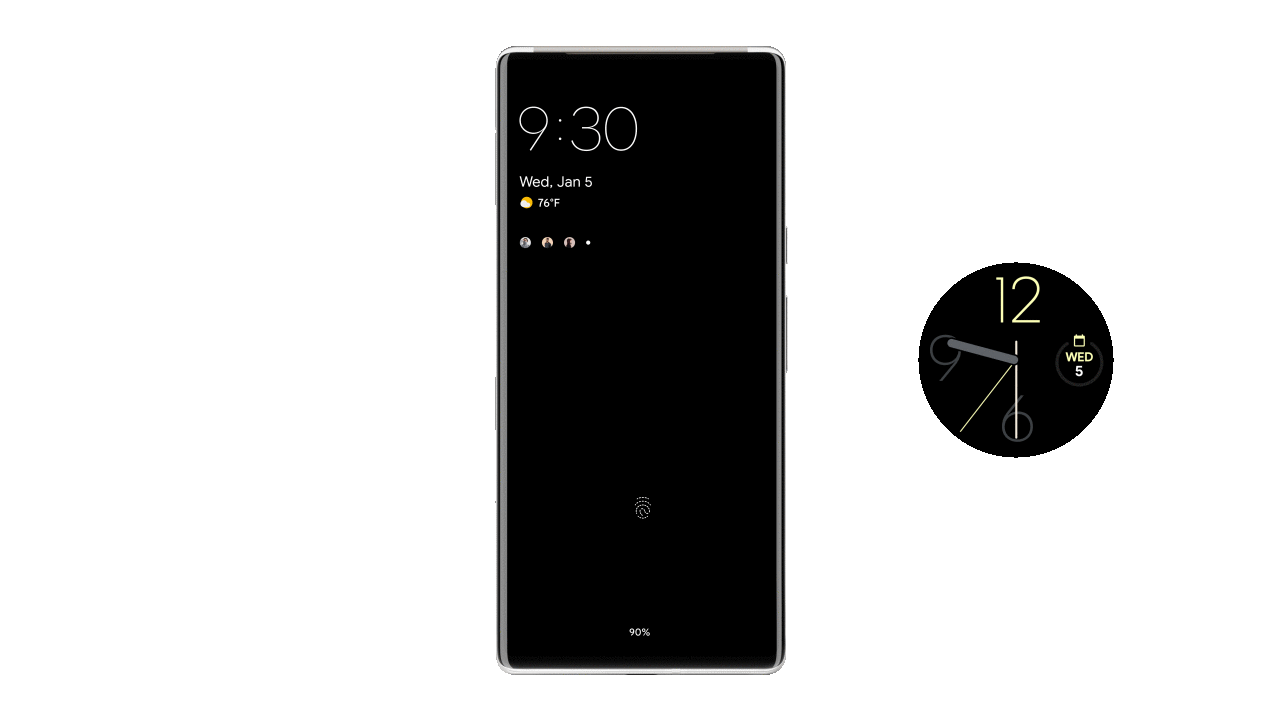
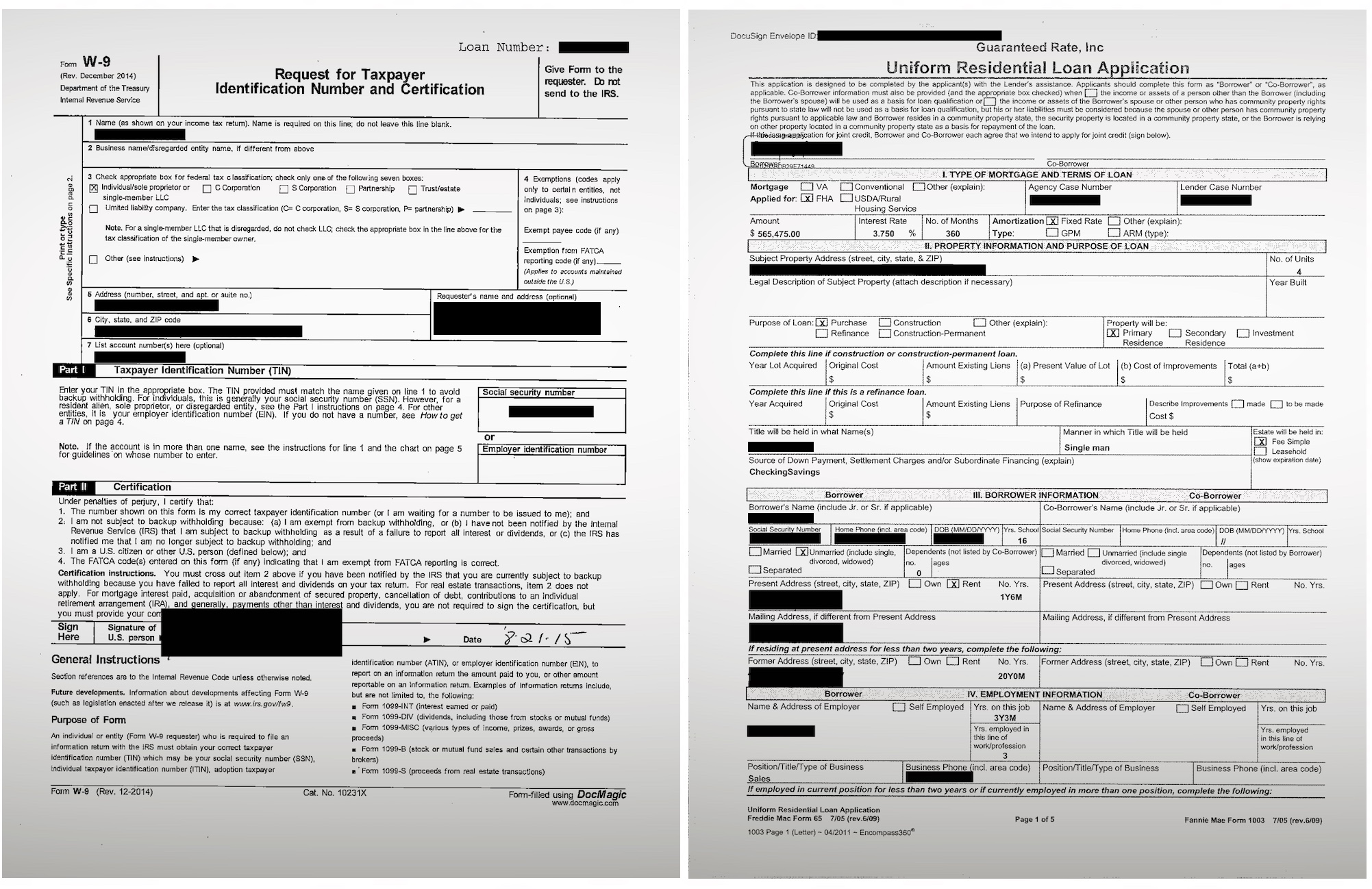
 Instagram testing likes on stories.
Instagram testing likes on stories. 
